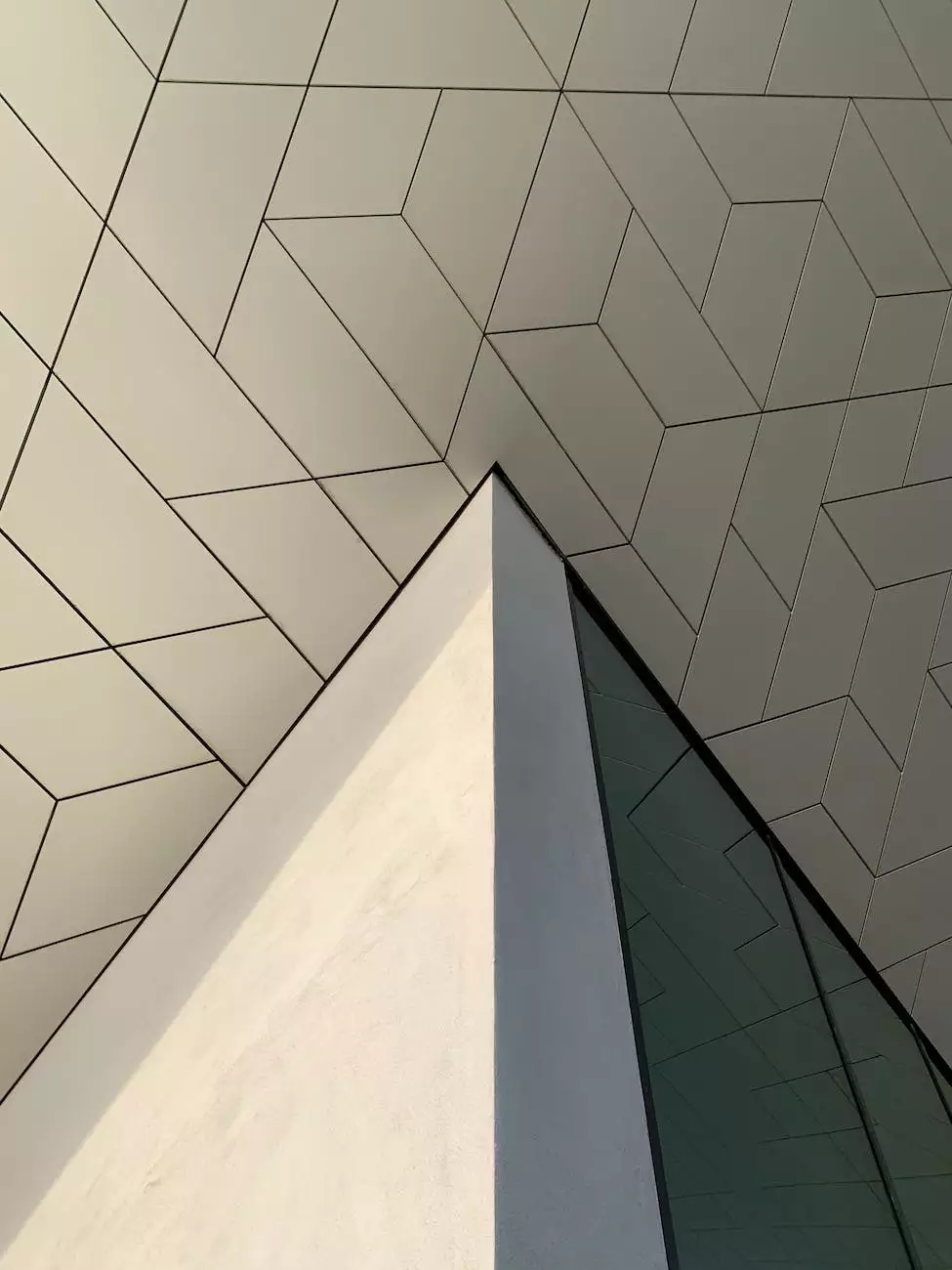Revit 2021.1: Built-in STL Export
Blog
Introduction
OrangeCoastWeb is excited to present the latest update of Revit 2021.1, a powerful architectural design software renowned in the field of Building Information Modeling (BIM). In this article, we delve into one of its highly anticipated features - the built-in STL export function.
The Need for STL File Formats
With the continuous advancements in design and manufacturing technologies, the demand for seamless interoperability between software applications and hardware systems has become crucial. The STL (Standard Tessellation Language) file format has emerged as the industry standard for the exchange and representation of 3D models between various applications and devices.
The Enhanced Workflow
Revit 2021.1 incorporates a native STL export capability, empowering architects, engineers, and designers to streamline their design-to-prototyping processes. The enhanced workflow eliminates the need for third-party plugins or cumbersome workarounds, allowing users to effortlessly export their Revit models in the STL file format.
Key Benefits of Built-in STL Export in Revit 2021.1
1. Simplified 3D Printing
With the built-in STL export feature, Revit users can now directly prepare their designs for 3D printing. Whether it's architectural models, furniture prototypes, or intricate building elements, creating physical representations of designs has never been easier. This seamless integration eliminates the need for additional software or manual conversions, saving both time and effort.
2. Compatibility with Multiple Applications
One of the remarkable advantages of utilizing the STL file format is its compatibility across various applications. Revit 2021.1's built-in STL export ensures that your designs can be seamlessly integrated into other software environments, such as CAD programs, rendering tools, virtual reality applications, and more. This versatility opens up new avenues for collaboration and expands the possibilities for design refinement.
3. Design Validation and Optimization
The STL export function enables designers to perform comprehensive design validation and optimization. By exporting the model to STL, designers gain access to a range of software tools that analyze geometry, identify potential issues, and suggest improvements. This capability ensures the quality and precision of designs before initiating the manufacturing process.
4. Streamlined Prototyping and Fabrication
With the ability to export models directly to STL, Revit 2021.1 offers a streamlined pathway from design to prototyping and fabrication. Designers can leverage advanced additive manufacturing technologies, such as 3D printing, to quickly transform virtual models into physical representations. This seamless integration significantly reduces prototyping costs and accelerates the development cycle.
Conclusion
Revit 2021.1's built-in STL export feature revolutionizes the way architects, engineers, and designers interact with their digital designs. OrangeCoastWeb, a leader in website development services for the business and consumer services industry, is proud to offer seamless integration and support for these advancements in architectural design. Stay tuned for more updates and features from OrangeCoastWeb as we continue to provide cutting-edge solutions for our clients.










